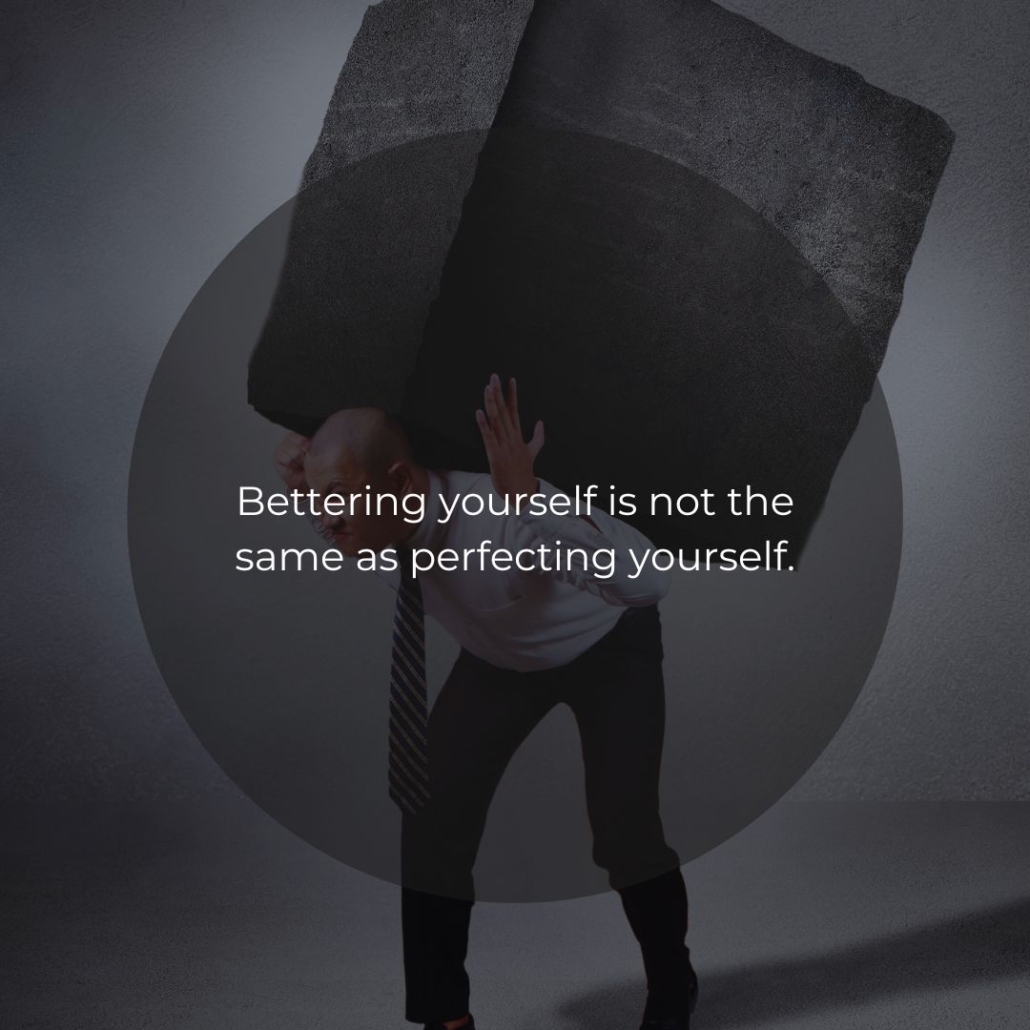You don’t have to be a people person to be a leader
For years I have taught the principle, “fit people, don’t fix people.” I’m not about changing people. I’m about aligning people in a position that supports their strengths so it’s a win-win for everyone.
I’ve met many senior executives who do a great job building and running a company, but aren’t good at connecting with people. Not every great leader is a people person. We can’t possibly be great at everything. I can be good with people but suck at running a large company.
Many excellent CEOs aren’t interested in attending my Authentic Leadership Academies, but they have a sincere respect for the importance of people, and will support those who want to develop their skills in this area.
So… you don’t have to be a people person to be a positional leader. But what you do need is self-awareness. You have to know your strengths and limitations, and be able to find the right people to fill the gaps. You have to know that if your greatest strength isn’t necessarily connecting to people, that you will find and support the people who can and will lead the way in this area.
What’s imperative is that to hold a position of leadership requires that you care about people and care enough to make people a foundational priority in your organization.
If this topic interests you, and you’re committed to learning more about the power of connection, join me in our upcoming complimentary webinar on April 19: https://lnkd.in/d37Prt4a






